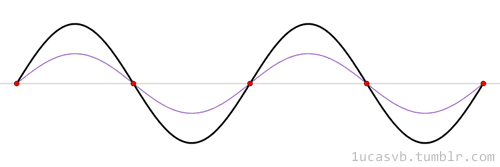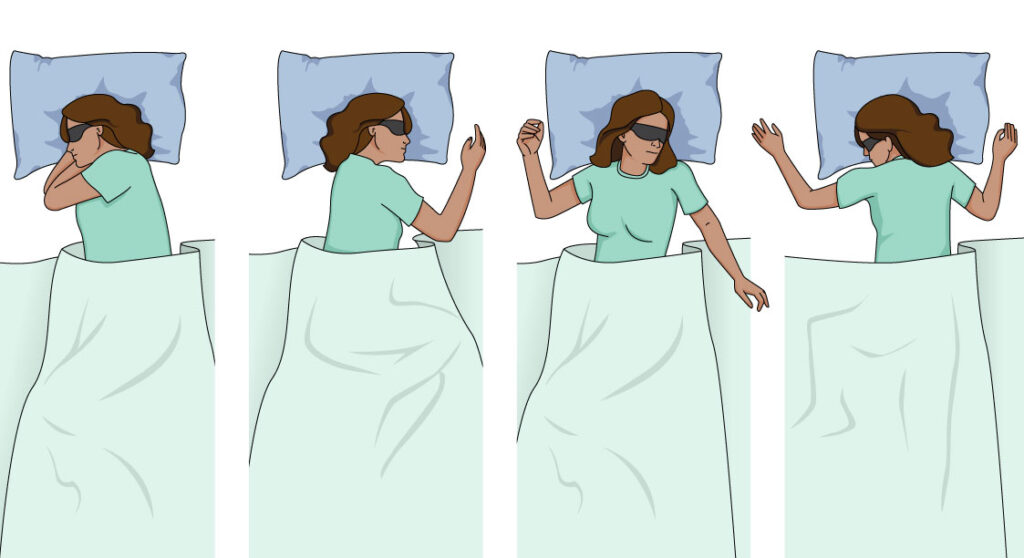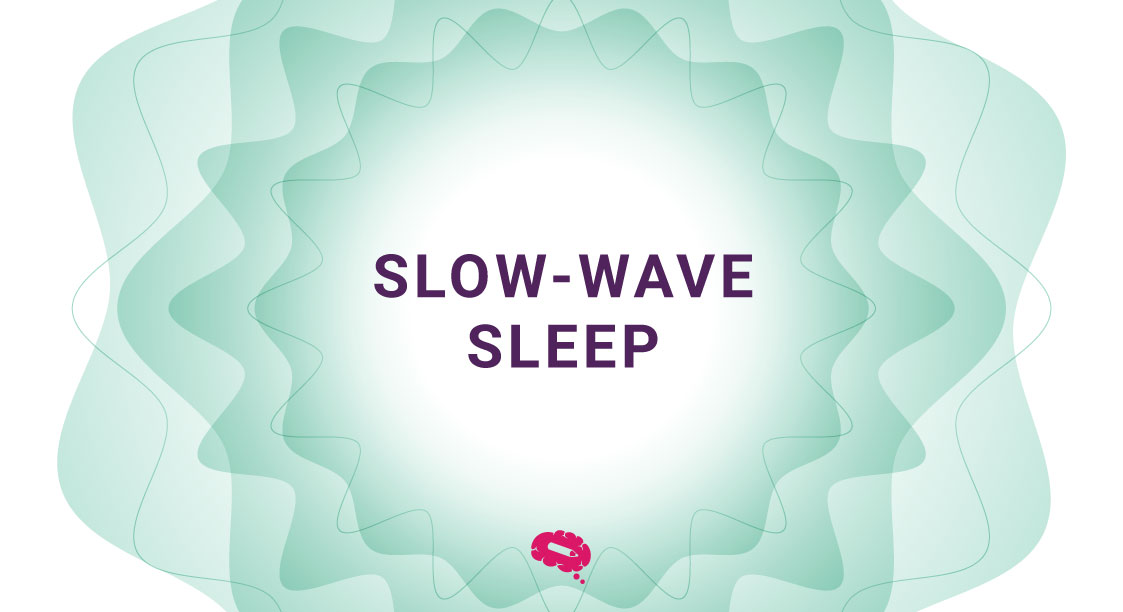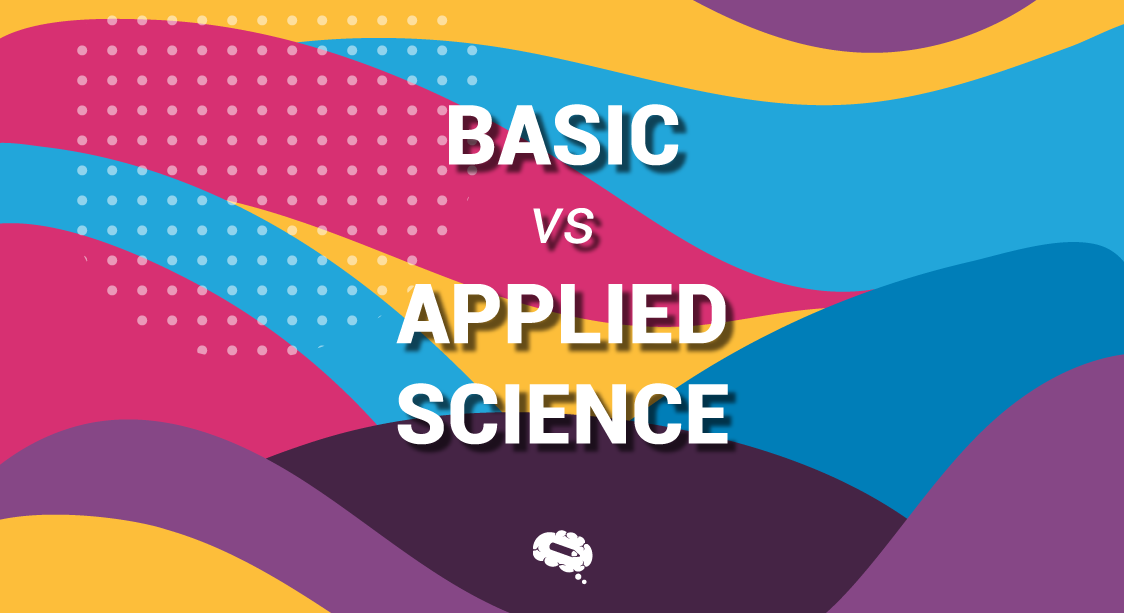Sleep is essential for our well-being, but not all sleep is formed equivalent. One of the most important stages of sleep is slow-wave sleep, which plays a crucial role in our physical and mental restoration. In this article, we will explore what slow-wave sleep is, what happens to our bodies and brains during this stage, and why it is so important for our overall health.
What is Slow-Wave Sleep?
Slow-wave sleep (SWS) is a stage of sleep characterized by synchronized electrical activity in the brain, which appears as slow and high-amplitude waves on an electroencephalogram (EEG). SWS is also known as deep sleep, and it is typically experienced in the first half of the night, particularly during the first few cycles of sleep when your body is in a restful state.
The slow waves that characterize SWS are generated by groups of neurons in the thalamus and cortex that synchronize their firing patterns. This synchronization is thought to facilitate the consolidation of memories and the integration of new information with existing knowledge. SWS is also believed to play a role in immune function, hormonal regulation, and emotional processing.
What happens during Slow-Wave Sleep?
During slow-wave sleep (SWS), the body experiences a series of physiological changes. The brain waves slow down and become more synchronized, with low-frequency, high-amplitude activity dominating. This slow and synchronized activity is thought to reflect the restorative processes that occur during this stage of sleep. Overall, SWS is an important stage of sleep that is essential for physical and cognitive health.
Body
During slow-wave sleep, the body experiences a variety of physiological changes. The body’s metabolic rate slows down, leading to a decrease in heart rate and breathing rate. Muscles become relaxed and less active, leading to a reduction in body movements. Blood flow to the muscles increases during slow-wave sleep, which is thought to promote tissue repair and growth. Slow-wave sleep is associated with changes in the levels of various hormones, including growth hormone and cortisol. Blood flow to the brain increases during slow-wave sleep, which is thought to facilitate memory consolidation and restoration of brain function.
Brain
During slow-wave sleep (SWS), the brain shows a pattern of slow and synchronized electrical activity known as delta waves. This state of low-frequency, high-amplitude brain activity is often referred to as deep sleep. During SWS, the brain also experiences a decrease in metabolic activity, and cerebral blood flow is redirected to areas of the brain that support restoration and recovery processes. This is believed to help to strengthen and consolidate memories, promote learning, and support physical recovery. Additionally, during SWS, the brain clears out toxins and waste products that accumulate during wakefulness, potentially protecting against neurodegenerative diseases.

What is the function of Slow-Wave Sleep?
Slow-wave sleep plays a critical role in the restorative process, promoting physical recovery. During this stage of sleep, the body releases growth hormone, which helps to repair and regenerate tissues.
Slow-wave sleep is also essential for cognitive functioning, particularly memory consolidation, and learning. During this stage, the brain consolidates and strengthens new memories and knowledge acquired throughout the day. Additionally, slow-wave sleep is thought to regulate mood and emotions, helping to promote overall mental health and well-being.
Factors affecting Slow-Wave Sleep
Several factors can affect slow-wave sleep, including:
- Age: Slow-wave sleep declines with age, with older adults typically experiencing less slow-wave sleep than younger adults.
- Sleep deprivation: Lack of sleep or poor quality sleep can reduce slow-wave sleep.
- Medications: Some medications, such as certain antidepressants, can reduce slow-wave sleep.
- Sleep disorders: Certain sleep disorders, such as sleep apnea, can reduce slow-wave sleep.
- Alcohol consumption: While alcohol can help people fall asleep faster, it can also reduce the slow-wave sleep they get.
- Genetics: Genetic factors may influence an individual’s amount and quality of slow-wave sleep.
How to improve Slow-Wave Sleep
Here are some tips for improving slow-wave sleep:
- Stick to a regular sleep schedule: Go to bed and wake up at the same time every day, even on weekends.
- Create a relaxing sleep environment: Make sure your bedroom is quiet, cool, and dark, and invest in a comfortable mattress and pillows.
- Avoid stimulants: Avoid caffeine, nicotine, and alcohol before bedtime, as they can interfere with sleep.
- Exercise regularly: Regular exercise can help promote healthy sleep, but avoid vigorous exercise too close to bedtime.
- Practice relaxation techniques: Techniques like deep breathing, meditation, or progressive muscle relaxation can help you relax and prepare for sleep.
- Limit screen time: Exposure to screens emitting blue light, such as phones and computers, can suppress the production of melatonin and affect sleep quality. It is recommended to stop using these devices at least an hour before bedtime.
- Avoid heavy meals and drinks before bedtime: Eating heavy meals or drinking too much liquid before bedtime can lead to discomfort and interrupted sleep.
- Consider sleep aids as a last resort: While sleep aids can be effective, they should only be used as a last resort and under the guidance of a healthcare professional.
Stages of sleep

There are typically four stages of sleep:
Stage 1: This is the transition stage between wakefulness and sleep. The brain produces alpha and theta waves, and muscle activity slows down.
Stage 2: This is a deeper sleep stage where brain waves become slower and more regular. The body temperature drops and the heart rate slows down.
Stage 3: The beginning of deep sleep. The brain activity begins to decline. This is a deep sleep stage characterized by delta waves. It’s also known as slow-wave sleep and is important for physical restoration.
Stage 4 Rapid Eye Movement (REM) Sleep: This is the stage of sleep where dreaming occurs. The brain becomes more active, and the body becomes temporarily paralyzed. The heart rate and breathing become irregular, and the eyes move rapidly.
Visually appealing figures for your research
Mind the Graph is a platform that provides scientists with a vast library of scientifically accurate illustrations to create visually appealing figures for their research. The platform offers a user-friendly interface that allows users to customize their graphics to fit their research needs. By using Mind the Graph, scientists can improve the visual impact of their research, making it easier to communicate their findings to a wider audience.


Subscribe to our newsletter
Exclusive high quality content about effective visual
communication in science.




